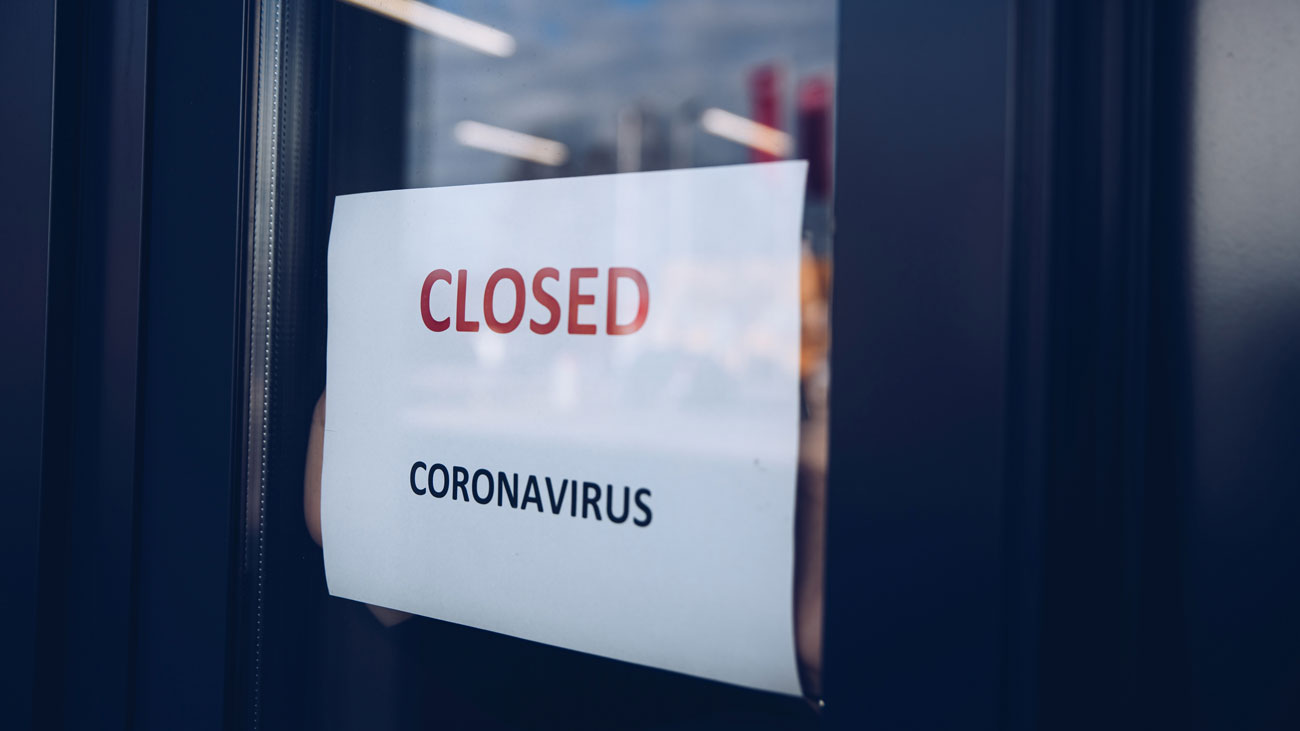
Workplace safety in the cost-of-living crisis
The cost-of-living crisis is not a new issue, but according to 2023 research from Draeger there are significant concerns and issues relating to the way it is impacting workplace safety. The research has shown that 43% of people are concerned that their employer may be cutting corners with safety to keep costs down, whilst half of all managers (49%) said that old or outdated safety equipment was not being replaced. A raft of other concerns around potential cost-cutting negatively impacting safety were mentioned.
There are also a range of secondary threats. Key here is the impact of deteriorating mental health on the workforce. The Health and Safety Executive (HSE) has reported rates of work-related stress have been on the increase over recent years, and the current rate is higher than 2018/19 pre-Coronavirus levels. Draeger’s research suggests more than three in ten are currently experiencing anxiety or depression and a further 33% say that whilst they feel okay at the moment, they are worried about their mental health in the future. There was a notable gender and age split here with 44% of women and 35% of men reporting increased anxiety or depression, and 31% of those aged under 35 compared to 20% in those aged over 35.
Positive and negative effects of cost-cutting
Cost-cutting measures in various industries and sectors can have both positive and negative effects on health and safety. Here are some potential impacts.
Positive impacts:
- Efficiency improvements: cost-cutting efforts can drive organisations to identify inefficiencies and streamline processes, which may lead to better resource allocation and improved safety protocols.
- Investment in technology: in some cases, cost-cutting may prompt companies to invest in new technologies and equipment that enhance health and safety measures.
- Increased awareness: when resources are limited, there may be a greater emphasis on training and educating employees about health and safety practices to reduce accidents and incidents.
Negative impacts:
- Reduced staffing: one common approach to cost-cutting is reducing the workforce, which can lead to overworked employees and potential safety risks due to fatigue or lack of attention.
- Outdated equipment and infrastructure: cost-cutting might result in delays in upgrading or maintaining equipment and facilities, increasing the risk of accidents.
- Less training and development: budget constraints may lead to decreased training opportunities, resulting in employees being less prepared to handle potential safety hazards.
- Less regulatory compliance: cost-cutting measures might cause some companies to cut corners on regulatory compliance, leading to safety violations and potentially dangerous practices.
- Increased stress on remaining employees: Following layoffs or downsizing, the remaining employees may face increased stress and pressure, which can negatively impact their health and safety performance.
It's important to note that the specific effects of cost-cutting on health and safety can vary greatly depending on the industry, company and the nature of cost-cutting measures implemented. Some companies prioritise health and safety despite cost-cutting, while others may compromise safety to achieve short-term financial goals.
Regulatory bodies in the UK, such as the HSE, play a crucial role in monitoring and enforcing health and safety standards in workplaces to mitigate potential risks arising from cost-cutting efforts.
However, reports say the HSE is currently not sufficiently funded to fulfil its role.
Union Prospect says that, since at least 2010, the HSE has experienced significant budget cuts which have had a serious impact on its ability to function. Coupled with over a decade of pay constraint, the impact on the HSE’s ability to recruit and retain an effective mix of staff has resulted in diminishing numbers of inspector, policy and scientific staff, primarily but not uniquely within its core ‘conventional’ areas. Prospect believes that diminishing numbers mean there is now a capacity and experience crisis resulting in a reduction in operational delivery metrics associated with the twin roles of the HSE: advisory and regulatory. Such challenges have impacted significantly on the HSE model and will have a long tail into the future if it is not able to convince politicians of the need for a truly independent, appropriately funded and effectively sized regulator.
Prospect says long-term impacts created by government funding decisions and several latent factors coming together have created the perfect storm for the country’s principal health and safety regulator. The degree of pressure that the HSE is under is increasing and, if not alleviated soon, at best the HSE will be unable to sustain its reputation as a respected regulator and at worst, will struggle to exist even in diminished form. Failures to recruit and retain the correct mix of skilled specialist staff, from scientists and policy-makers to inspectors will lead to an inability to deliver advisory and regulatory functions, justice for victims, and be an effective deterrent to bad employers and those who do not take the law seriously.







